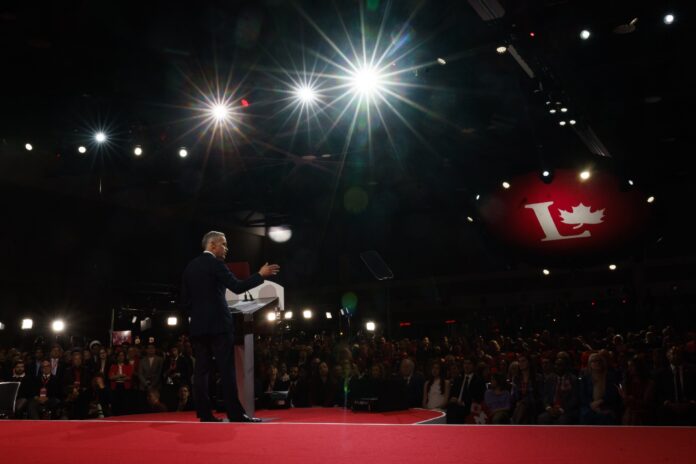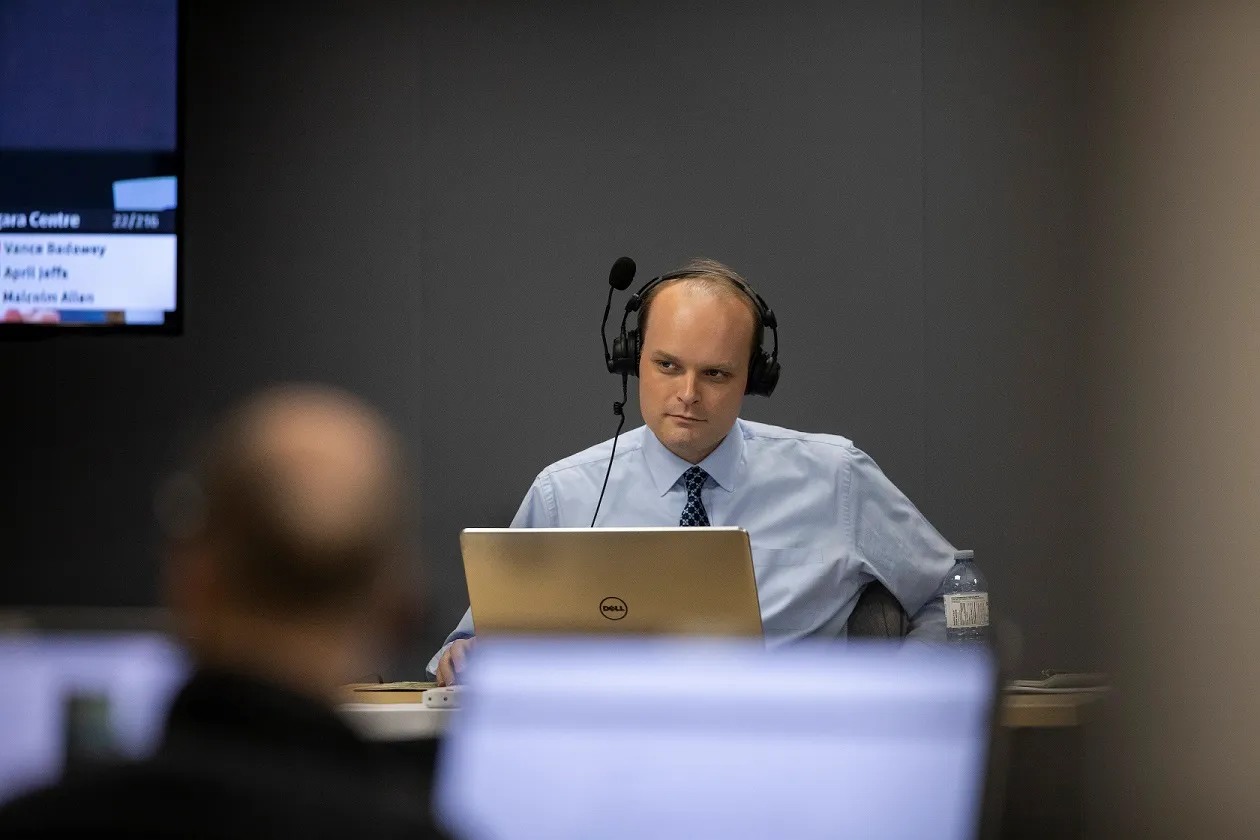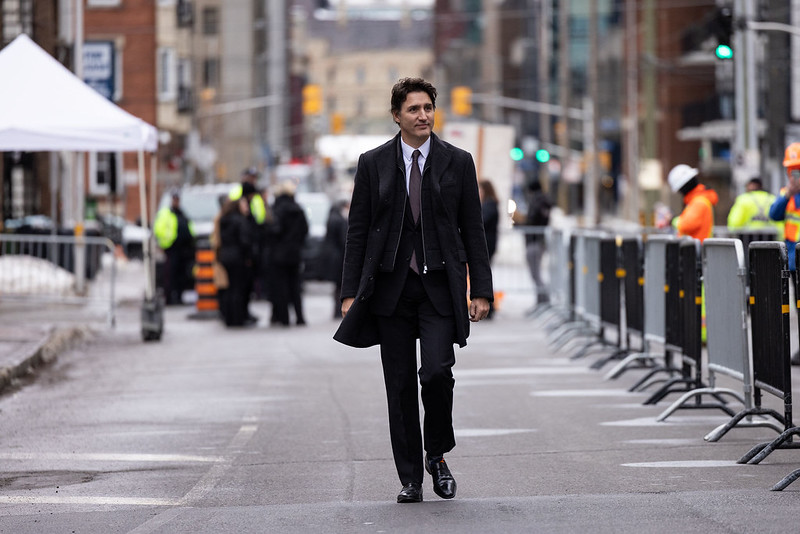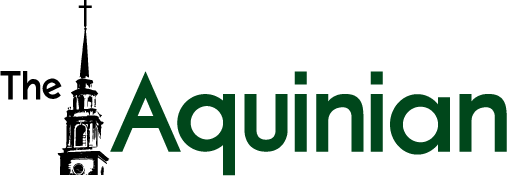
The Liberal Party has overcome a roughly 25-point polling lead since then Prime Minister Justin Trudeau’s resignation announcement on Jan. 6.
One Research Co. poll published on Jan. 7 had the Liberals facing a 26-point deficit.
The Liberals currently hold a 3.6 per cent polling lead over the Conservative Party, according to the CBC’s poll tracker.
The tracker combines various polls to create a weighted average.
Recent polls in the average have the Liberals leading by as little as 3 per cent and as much as 8 per cent.

The party, led by recently minted Prime Minister Mark Carney, have gained the lead since their leadership change and March 23 election call.
Election day is set for April 28.
Éric Grenier, the CBC’s poll analyst, said the polling swing is “really unprecedented for the recent history.”
“It’s been a pretty steep climb for the Liberals over the last two months,” said Grenier.
Grenier created TheWrit.ca, where he writes about Canadian politics and elections.
He said that the polling numbers coming from different institutions are “pretty consistent.”
“I don’t doubt that the numbers we see in the polls now are an accurate reflection with a few margins of error and an accurate reflection of where things are now.”

Grenier said that whether numbers move around before election day is still “an open question” and that numbers could continue to be volatile.
How did we get here?
The recent polling swing changes the outlook of the upcoming election from an inevitable Pierre Poilievre Conservative Party majority to a toss-up.
“It seemed almost inevitable that the Conservatives would win. So, it is really just the kind of thing that we’ve rarely seen in Canadian politics,” said Grenier.
A series of significant events have led up to the unprecedented polling shift.
Grenier said that after Trudeau’s Jan. 6 announcement gave the Liberals “a bit of a jump.”

United States President Donald Trump’s Jan. 20 inauguration was shortly followed by tariff threats on Canada and Mexico.
Trudeau’s response to the threat helped the Liberals, according to Grenier.
Then, Carney won the Liberal Party leadership race in a blowout with 85.9 per cent of member’s votes.
“The Liberals were already seemingly starting to crust a 30 per cent support and we’ve seen a bit of a jump from there for the Liberals,” said Grenier. “Over the last few days, we’ve even seen polls now putting levels over 40 per cent.”
According to Grenier, the Liberal leadership change and threats from the U.S. have contributed to the swing.
“There’s two things. One is the switch of a leader, which often does have that kind of impact on the public opinions. I think the other thing is just what’s happened in the United States. I think that that has just caused a radical shift in Canadians’ views.”
He is referring to the recent uptick in Canadian pride, which came in the face of tariff and sovereignty threats from Trump.
“We weren’t cutting our travel plans. We weren’t changing our shopping habits.”
What about New Brunswick?
New Brunswick has a number of new faces running for a spot in Parliament, such as David Myles.
The award-winning singer and songwriter is running for the Liberals in Fredericton-Oromocto.
Compared to the rest of the country, New Brunswick and the Atlantic region polls much higher with the Liberal Party.
An Angus Reid Institute poll published on March 17 showed 55 per cent support for the Liberals.
“New Brunswick looks like it might not have that much actual change in terms of the parties that hold the seats, even if you know there are some shifts in terms of who is running again,” said Grenier.
He said that the swing in the Atlantic region is bigger than anywhere else in the Country.
Before the dissolution of Parliament, the Liberals held six ridings while the Conservatives held the remaining four.
Grenier thinks that might stay the same.
“The seats that the Liberals held, they seem likely to be able to hold them. The seats that the Conservatives held probably also can hold them because their voters have held up well enough.”
Grenier said that there will be some ridings to watch that will give us an indication of who might form a government on election night.
Miramichi-Grand Lake, Saint John-Kennebecasis and Fredericton-Oromocto are the “most interesting” ridings to Grenier.

“If on election night, we see that the Liberals are still holding Saint John, Fredericton and they’ve picked up Miramichi, that probably means they’re forming the government. If the Conservatives have won those seats, then they’re probably forming the government.”
Each riding has seen candidate uncertainty. The incumbent in Miramichi-Grand Lake and Fredericton-Oromocto will not run again, while Wayne Long will defend his seat in Saint John-Kennebecasis despite his original plan to step aside.
Most important voter issues
Grenier said that the threats from the U.S. and President Trump are top of mind for Canadians.
“I think that is the key issue. In polls, we’ve seen that it is either top issue or the second issue after things related to cost of living.”
Both issues are related, according to Grenier. He thinks that tariff impacts will ultimately drive up prices.
As for the issue of the United States, he doesn’t think we will make it to election day without more news from Washington to shake things up.
“I think that we can expect at least on a number of occasions from now until April 28th that something will come out of the White House or Donald Trump that is going to turn the campaign on its head.”
